Resilient Vote
Last update: December 8, 2024 pm
ResVote: A Scalable and Secure Online Voting System Built on ResilientDB
Our Motivation
Traditional voting systems, such as in-person voting and mail-in ballots, are often slow, prone to errors, and vulnerable to fraud. These methods are labor-intensive and struggle to handle large-scale elections efficiently.
Resilient Vote leverages ResilientDB to create a secure, scalable online voting platform. The system guarantees confidentiality, integrity, and transparency, ensuring that elections are both reliable and tamper-proof.
Our Goals
Project Goals and Objectives
The primary goal of Resilient Vote is to develop a secure and scalable voting system that addresses the limitations of traditional voting methods. By using ResilientDB as the underlying database, we aim to create a system that is not only reliable but also capable of handling large-scale elections efficiently.
Key objectives of our project include:
- Scalability: Build a platform that can handle a high volume of voters and election data without compromising performance.
- Security: Ensure the confidentiality and integrity of votes through cryptographic techniques and tamper-proof storage.
- Transparency: Provide clear and accessible visualizations of election data to ensure transparency and accountability in the voting process.
- Automation: Eliminate the need for manual vote counting by automating the vote tallying process, reducing errors and human intervention.
- Ease of Use: Develop a user-friendly web interface that makes the voting process seamless for voters, administrators, and election officials.
Technical Approach
To build Resilient Vote, we designed a secure, scalable, and user-friendly system by leveraging modern technologies and distributed database solutions. Our approach integrates a web-based front end, a robust back-end API, and a fault-tolerant database system powered by ResilientDB.

System Architecture
The system is divided into three main components:
- Front-End (React & XML-RPC):
- The user interface is built using React, ensuring a responsive and interactive experience for voters, administrators, and general users.
- For communication between the front end and the back end, we use XML-RPC (Extensible Markup Language Remote Procedure Call). XML-RPC allows the front-end React application to interact with the back-end services securely and efficiently. By using this protocol, the system can send method calls to the server and receive responses, ensuring smooth data exchange and integration between the user interface and the database.
- This approach provides a lightweight solution for data transmission, making it easy to implement in a distributed environment while maintaining high security and reliability.
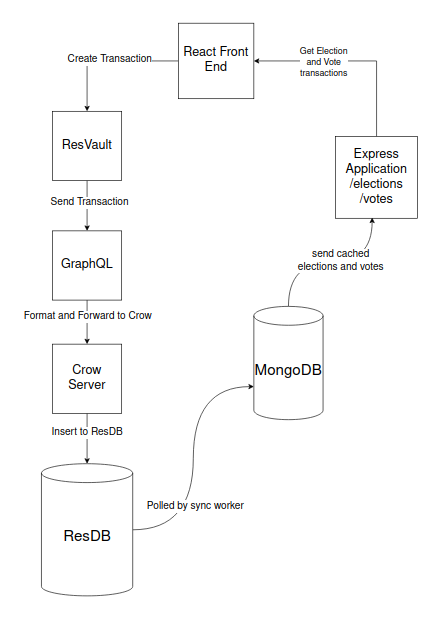
Back-End (ResilientDB Crow Service & ORM):
- The back-end uses ResilientDB Crow Service and ResilientDB ORM to interact with the database. The Crow Service ensures that the system is fault-tolerant and highly available, with data securely stored and accessible across distributed nodes.
- The ResilientDB ORM simplifies the database interactions by abstracting CRUD operations into Python-friendly methods, reducing boilerplate code and making it easier to manage votes and election data efficiently.
Database (ResilientDB & MongoDB):
- ResilientDB serves as the primary database, providing a distributed, fault-tolerant system to store and manage votes securely. Key features of ResilientDB, such as parallel processing, system crash resilience, and robust security, ensure data integrity and high availability, making it the perfect solution for a scalable voting system.
- MongoDB is used as a caching layer for the transactions. It stores temporary data related to votes and election activities, helping to reduce latency and improve system performance by offloading frequent read and write operations from ResilientDB. MongoDB serves as a fast, scalable cache to ensure that the system can handle high volumes of requests during peak voting periods.
- Randomized Vote Generator based-on Property-based Testing:
- To ensure the reliability and robustness of the voting system, we use the Hypothesis library, a property-based testing tool for simulating election events. With Hypothesis, we generate random election scenarios, including creating voters, elections, and votes. This enables us to test the system under various conditions and verify that it behaves as expected.
- By stress-testing the system with large-scale, simulated data, Hypothesis helps identify edge cases and potential issues, ensuring that Resilient Vote performs accurately and securely under diverse scenarios.
Deployment Tutorial From Scratch
In order to provide more complete examples for beginners who are interested in participating in distributed database projects, we have improved the project documentation to deliver a project guide from scratch.
Python
We recommend using conda to manage python environment.
1 | |
Get ResilientDB Dependencies
To save some time, we also provide a docker image that has all the dependencies installed.
1 | |
If you choose to use docker, you can skip the following steps. Please wait a few minutes for the docker container to start. You can check if it is ready by the follow command:
1 | |
You can also find the related dockerfile in the ./docker directory.
ResilientDB
The following commands will clone and build ResilientDB, and then starts 4 replicas and 1 client. Each replica instantiates a key-value store.
1 | |
Graph QL
1 | |
Running Crow service (HTTP endpoints)
1 | |
ResVote Server
1 | |
ResVote TUI Client
1 | |
Results & Achievements
The development of Resilient Vote has yielded significant progress in both the Virtual Vote Generator and Data Visualizations, two core features of the system.
Virtual Vote Generator
One of the key innovations of our project is the Virtual Vote Generator, developed using the Hypothesis library. This tool simulates large-scale election events by automatically generating random voting data. It creates virtual voters, assigns them different identity attributes (such as age, gender, region, race, education level, timestamp etc.), and simulates voting in various election scenarios.
The Virtual Vote Generator serves three main purposes:
Stress Testing: It helps simulate high volumes of votes to ensure the system can handle large-scale elections without performance degradation.
System Validation: The generator validates that the system handles diverse voting scenarios correctly, ensuring data consistency across distributed nodes.
Demographic Analysis: By generating voters with varied attributes, the system can examine how different demographics might influence election outcomes, thus guiding more informed decision-making.
This feature is essential for testing the resilience and scalability of the system before it’s deployed in real-world elections.
Data Visualizations
The system includes a powerful data visualization component that provides a clear and interactive view of the election results. The visualizations include a variety of charts and graphs that are automatically updated as votes are cast. Key features of the data visualization component include:
- Real-Time Election Results: As votes are cast, the system displays real-time updates in the form of bar charts, pie charts, and line graphs.
- Voter Demographics: The system visualizes the distribution of votes across different voter demographics, such as age groups, gender, regions, race, education level and other attributes. For each attribute, we make overall visualization based on total voters.
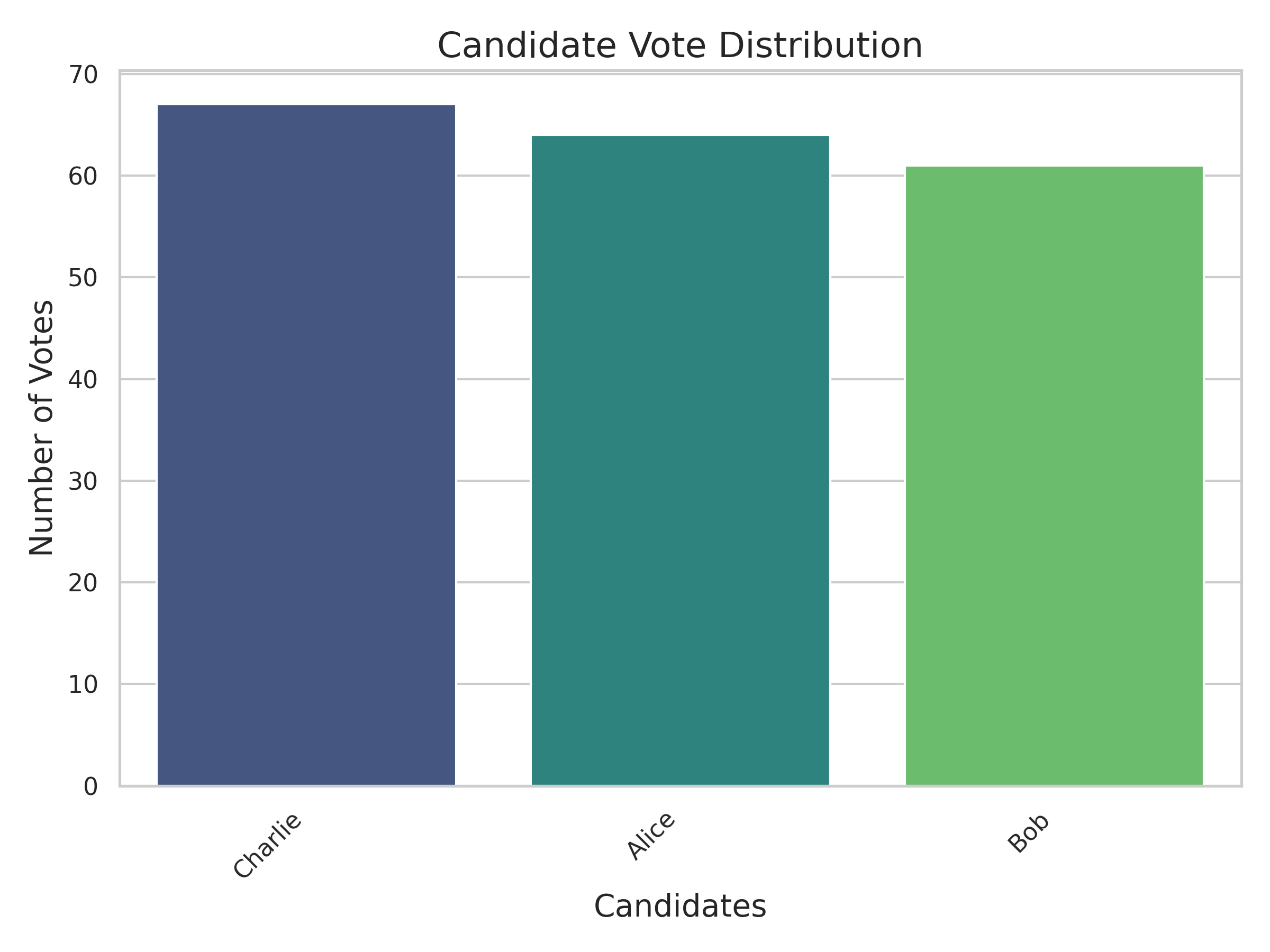 |
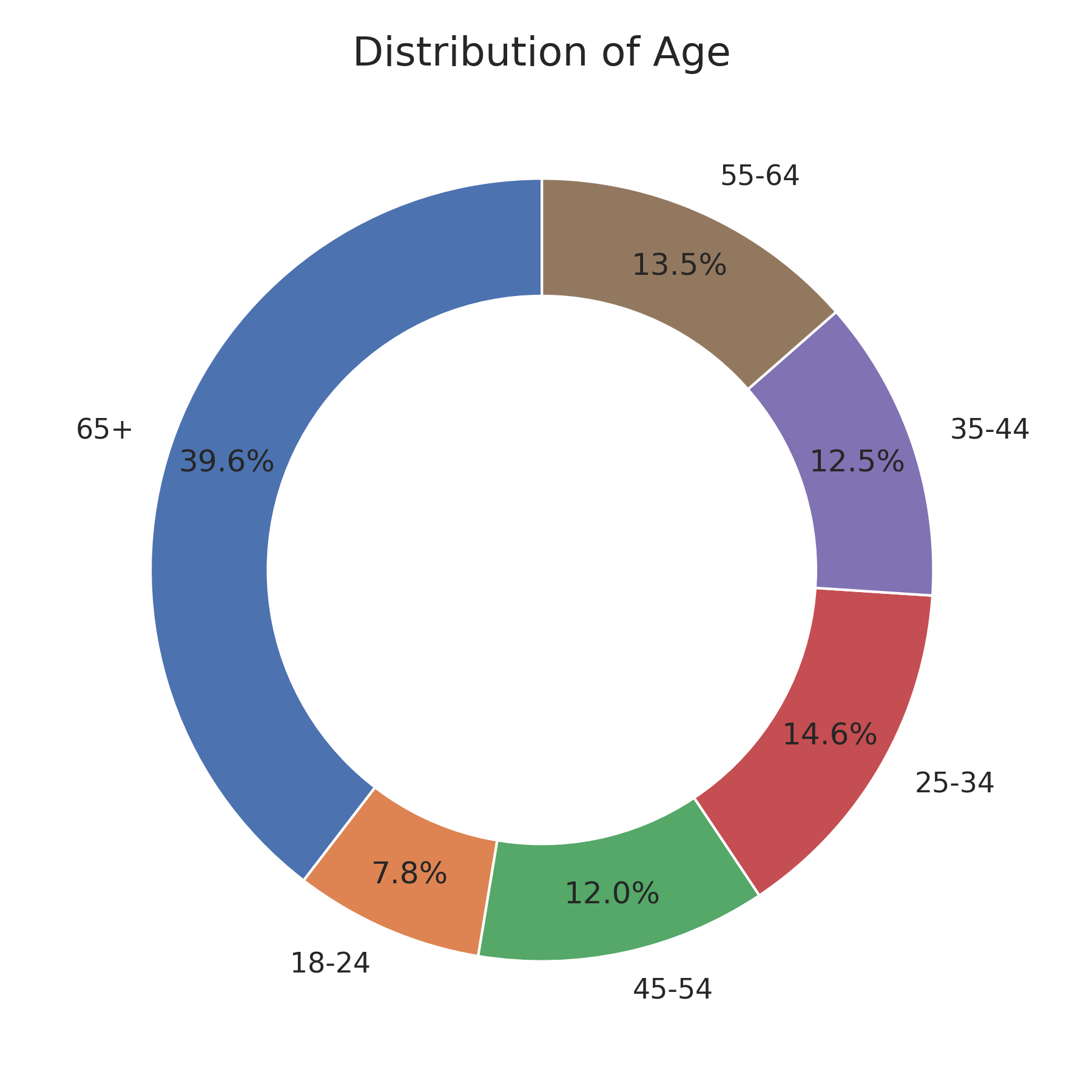 |
 |
|---|---|---|
| Candidate Distribution | Age Distribution | Gender Distribution |
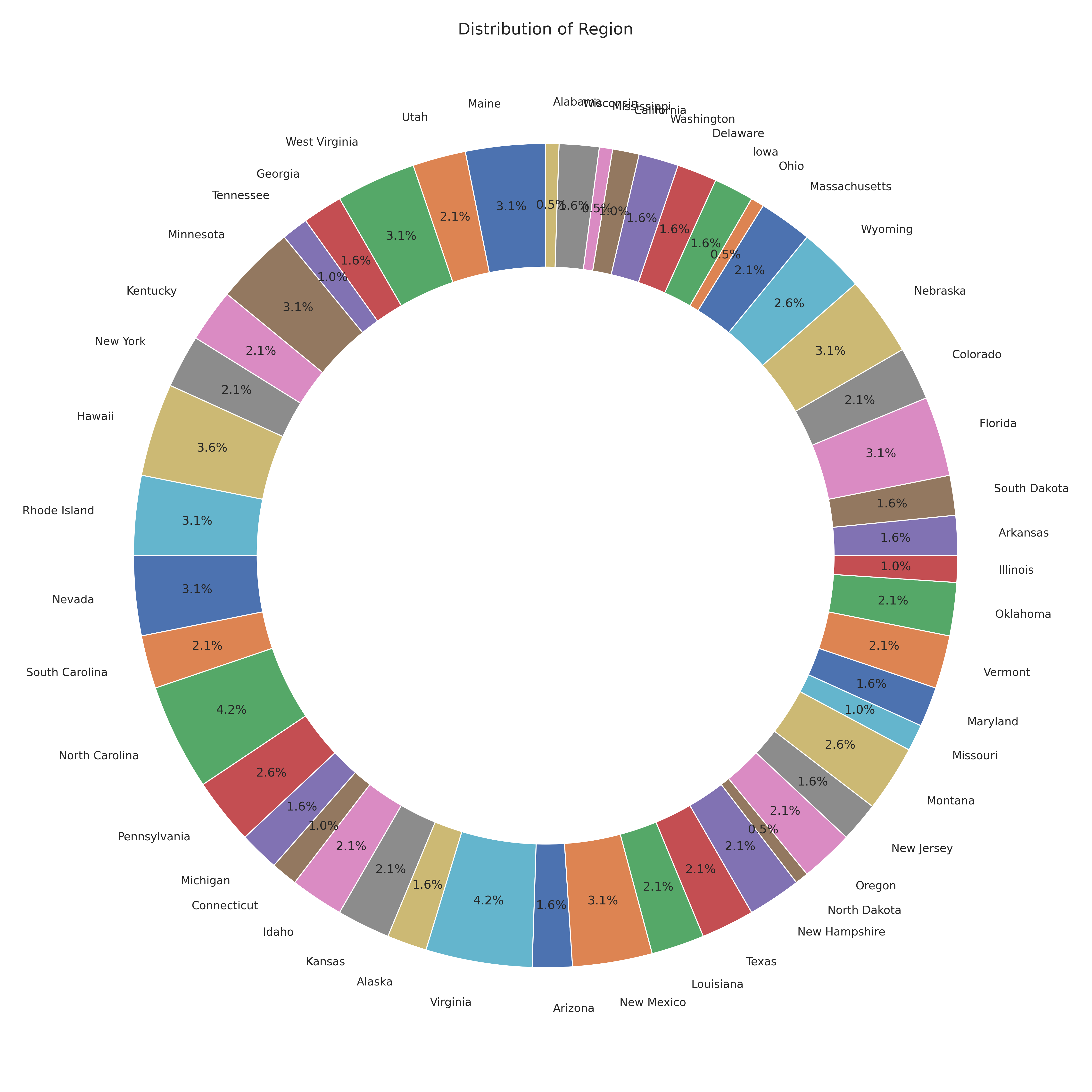 |
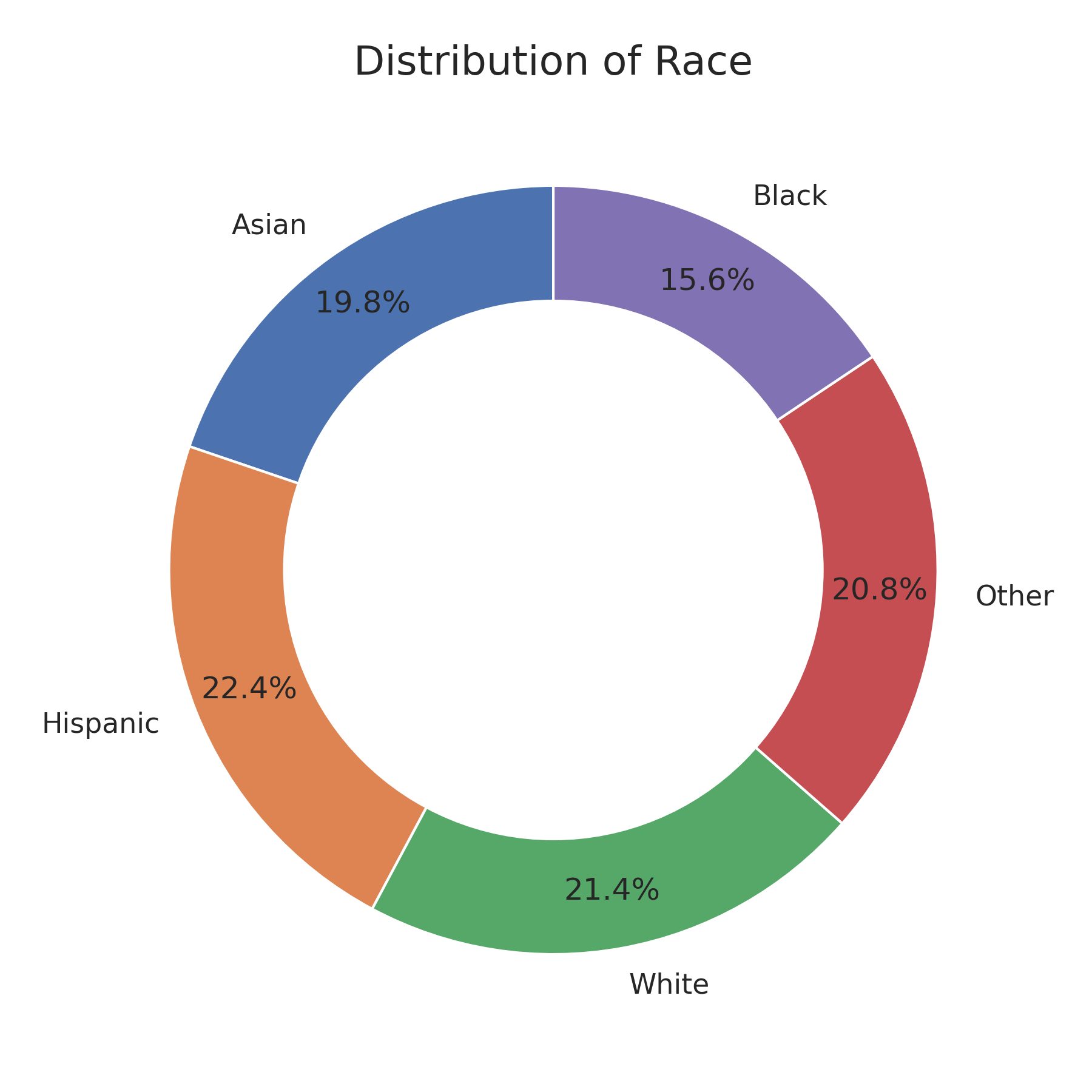 |
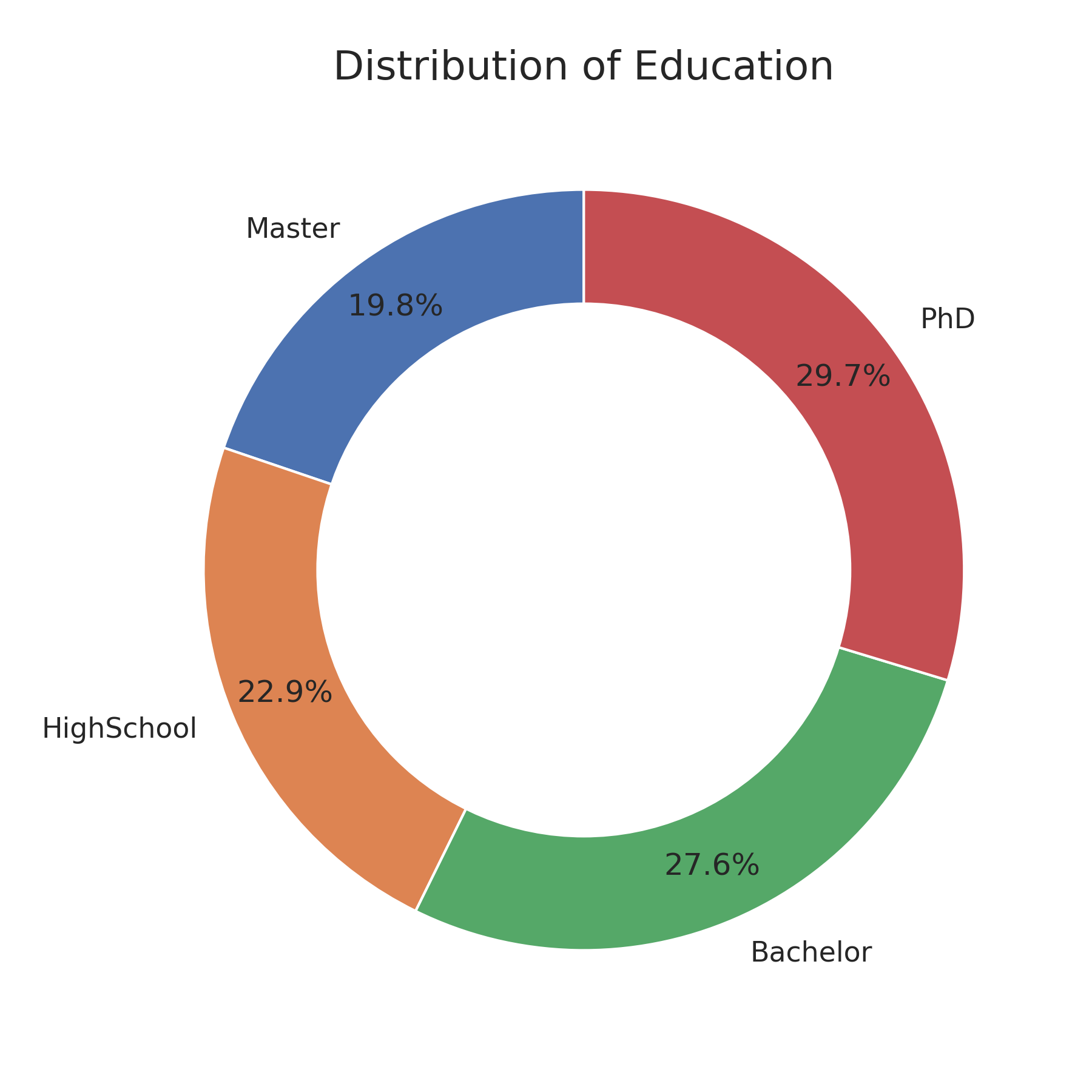 |
|---|---|---|
| Region Distribution | Race Distribution | Education Distribution |
And we also make grouped analysis of different candidates for better comparison.
 |
 |
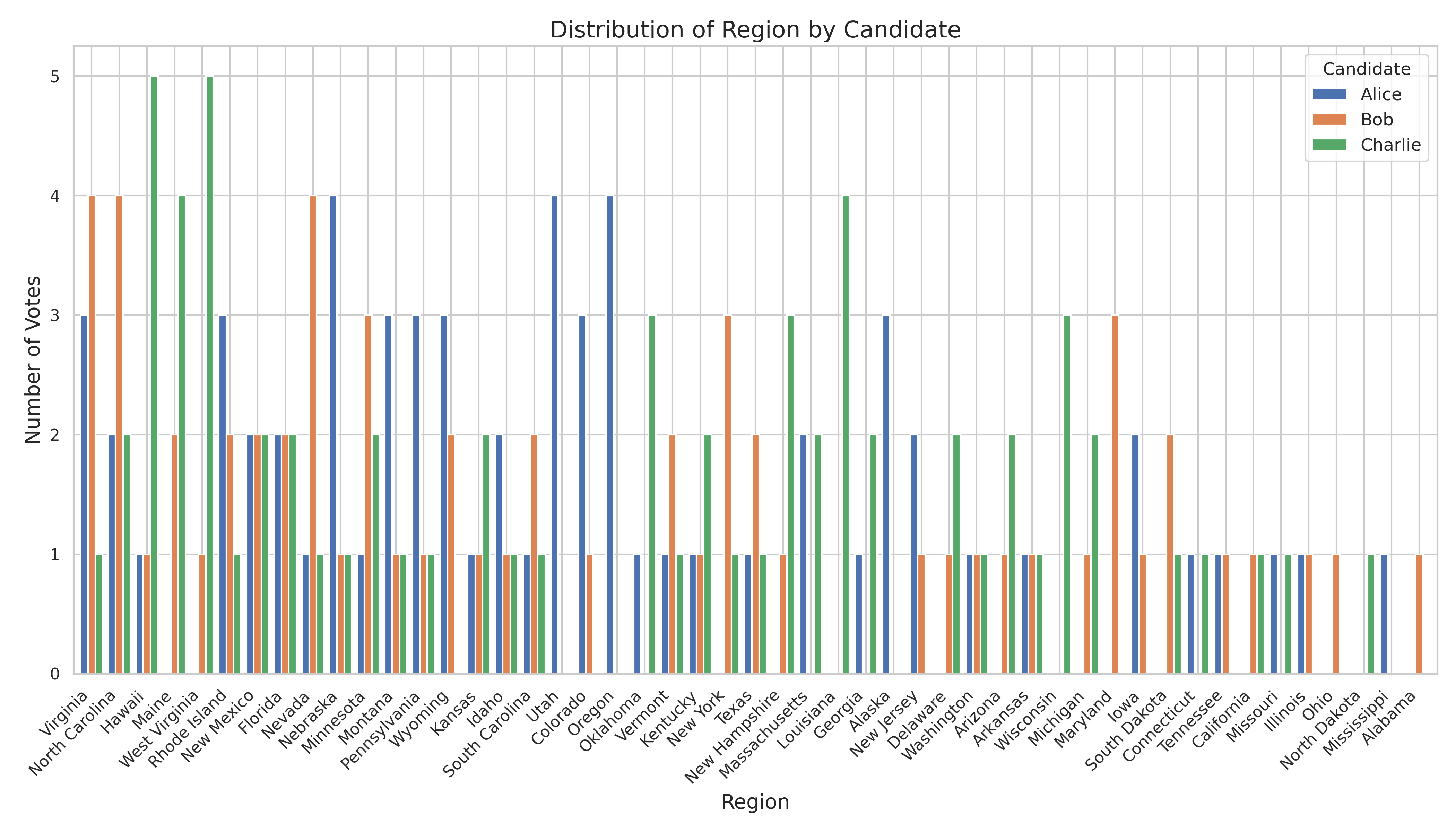 |
|---|---|---|
| Age Grouped Bar Chart | Gender Grouped Bar Chart | Region Grouped Bar Chart |
 |
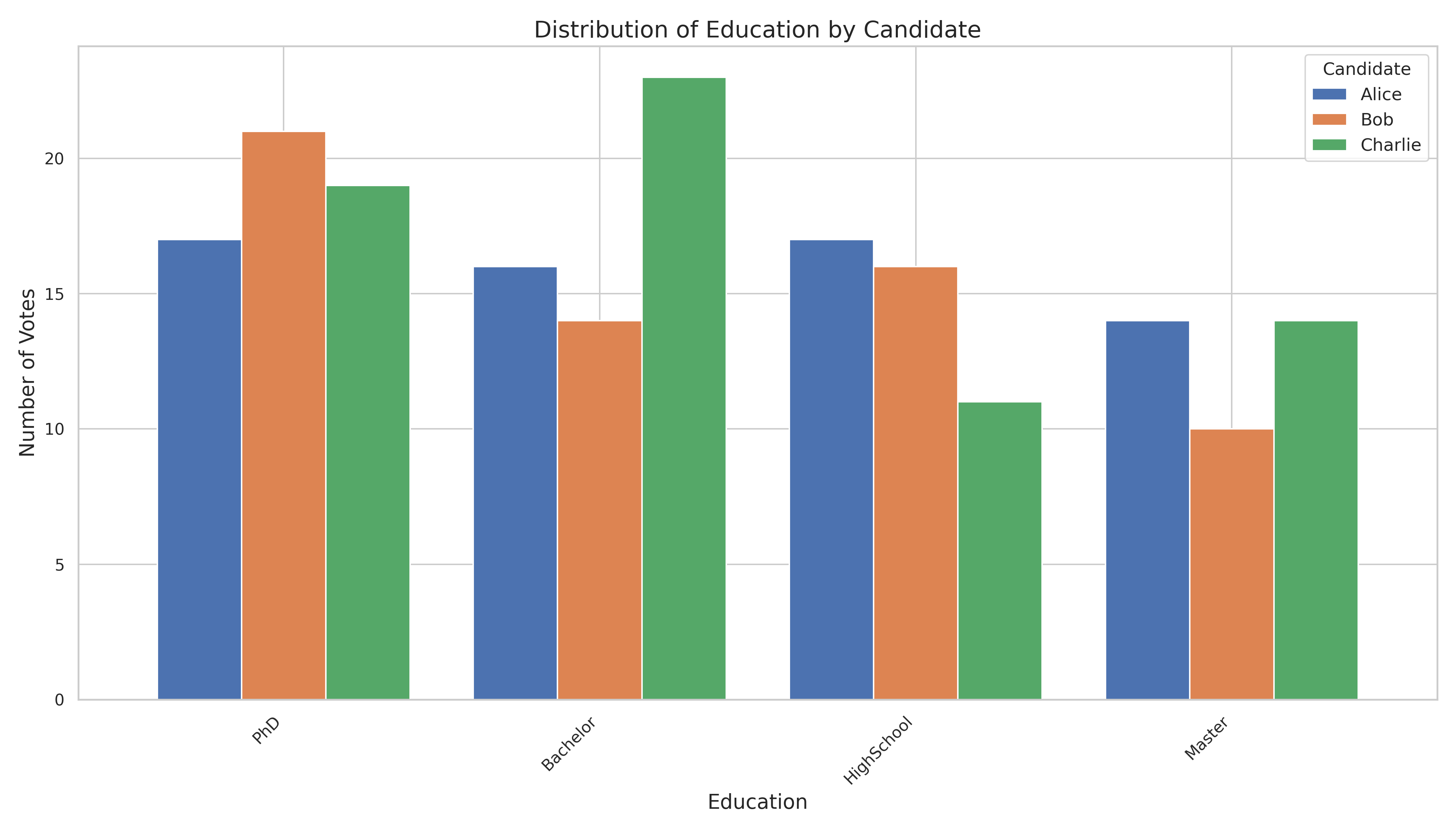 |
|---|---|
| Race Grouped Bar Chart | Education Grouped Bar Chart |
- Trend Analysis: The visualizations show trends in voting over time, helping administrators understand voter participation patterns.
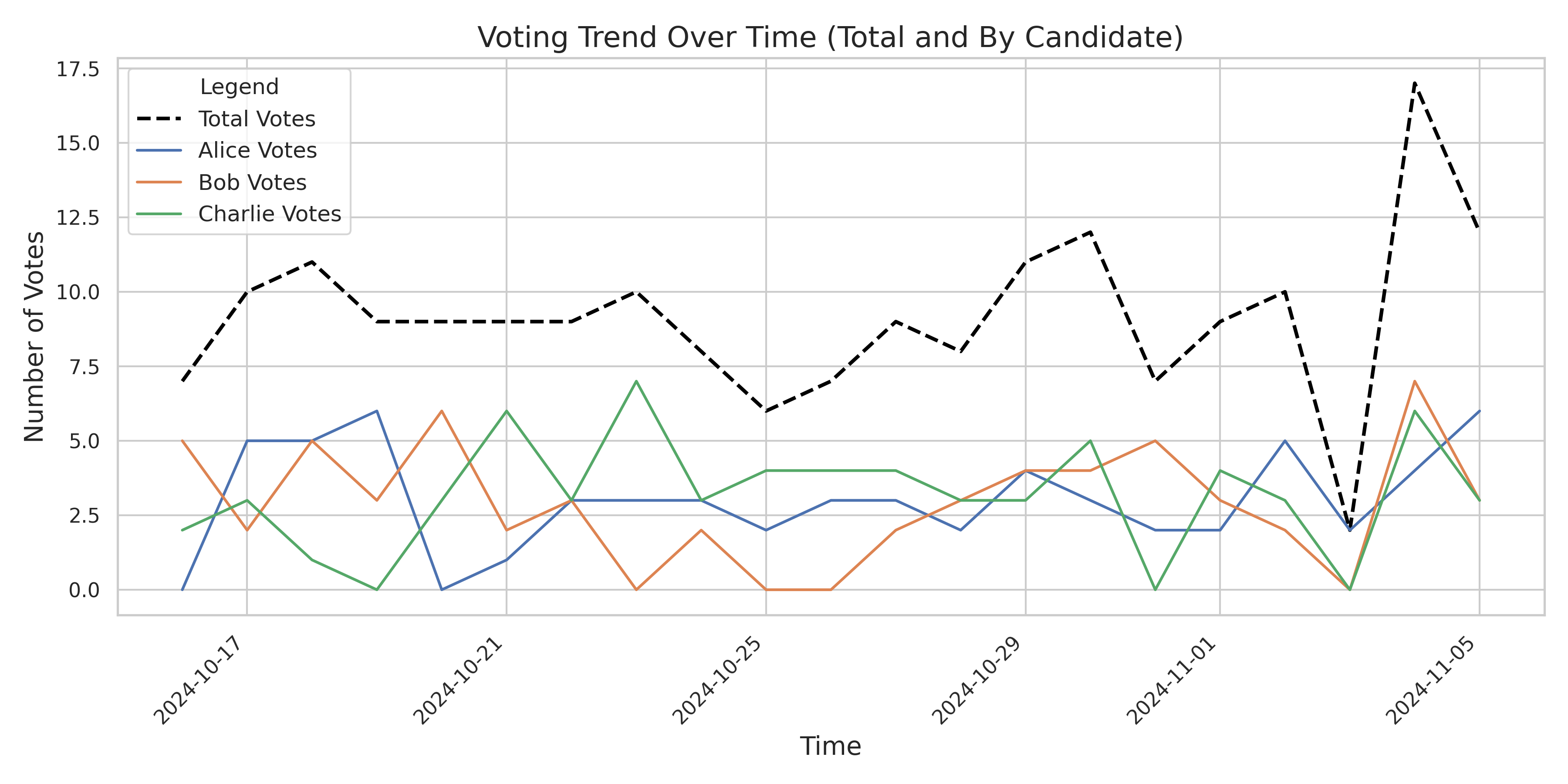
These visualizations not only enhance the transparency of the voting process but also make it easier to interpret the results and track the progress of elections.
By combining these two powerful features—automated voting simulations and real-time, interactive data visualizations—Resilient Vote provides a robust platform for conducting scalable, transparent, and efficient elections.
Feasibility Analysis
While the Virtual Vote Generator was initially designed to produce synthetic data for stress-testing and validation, its underlying structure closely mirrors that of real-world voting data. By leveraging randomized yet controlled attribute assignments—gender, region, age, race, education level—the generator ensures broad coverage of realistic scenarios. This design principle allows the transition from testing scenarios to actual election data to be seamless.
In practice, once real votes start coming in, the same code paths and visualization routines used for generated data can be directly applied to genuine voting records. Since the generator’s outputs and real votes share the same data schema, all existing analytic and graphical methods remain valid. The rich set of demographic and temporal charts that clarify patterns in synthetic elections will likewise provide meaningful insights when applied to real voter populations. In other words, the visualizations that help us pinpoint unexpected trends or correlations in randomized testing scenarios are just as effective in highlighting authentic voter behaviors, preferences, and participation patterns.
By maintaining this consistent data format and analysis approach, Resilient Vote ensures that lessons learned from simulation inform actual voting events. As a result, insights gained during development translate into actionable understanding and enhanced transparency once real ballots are being cast.
Future Plans
As we continue to develop Resilient Vote, there are several key areas we plan to improve and enhance:
1. UI Enhancement and Front-End & Back-End Integration Upgrade
Our primary focus for future development is to enhance the user interface with more user-friendly operating logic and strengthen the integration between the front-end and back-end. While the current system is functional, we aim to improve the overall user experience by ensuring a seamless flow of data between the front-end and back-end, making the platform more responsive and efficient.
2. Real-Time Visualization of Vote Trends
We will take the data visualization features a step further by incorporating real-time vote trends during elections. This will allow voters and administrators to track the election results dynamically, providing insights into voter participation and trends as the voting progresses.
3. Enhanced User Registration Security
We will implement more robust security measures like Multi-factor authentication (MFA) to protect user identities and prevent unauthorized access. In addition, we plan to achieve advanced encryption methods to protect personal information and prevent data breaches.
About Team
ECS 265 Distributed Database Systems Fall 2024
Professor Mohammad Sadoghi
TA Daikai Kang
Team Members:
- Tyler Culp
- Jason Eissayou
- Simon Draeger
- Yifeng He
- Jicheng Wang
- Boqi Zhao
University of California, Davis
Davis, CA
All blog follow CC BY-SA 4.0 licenses, please cite the creator when reprinting.